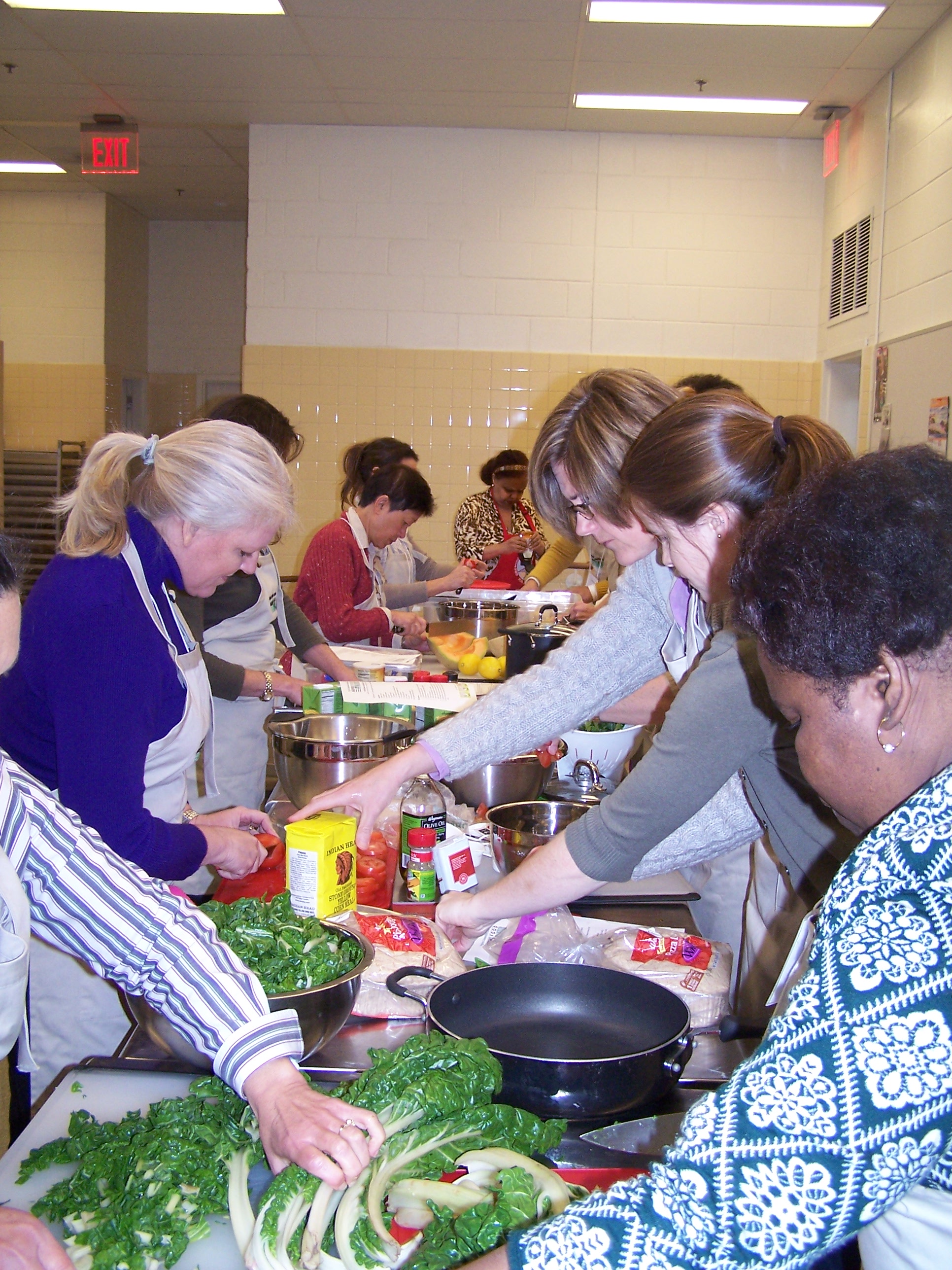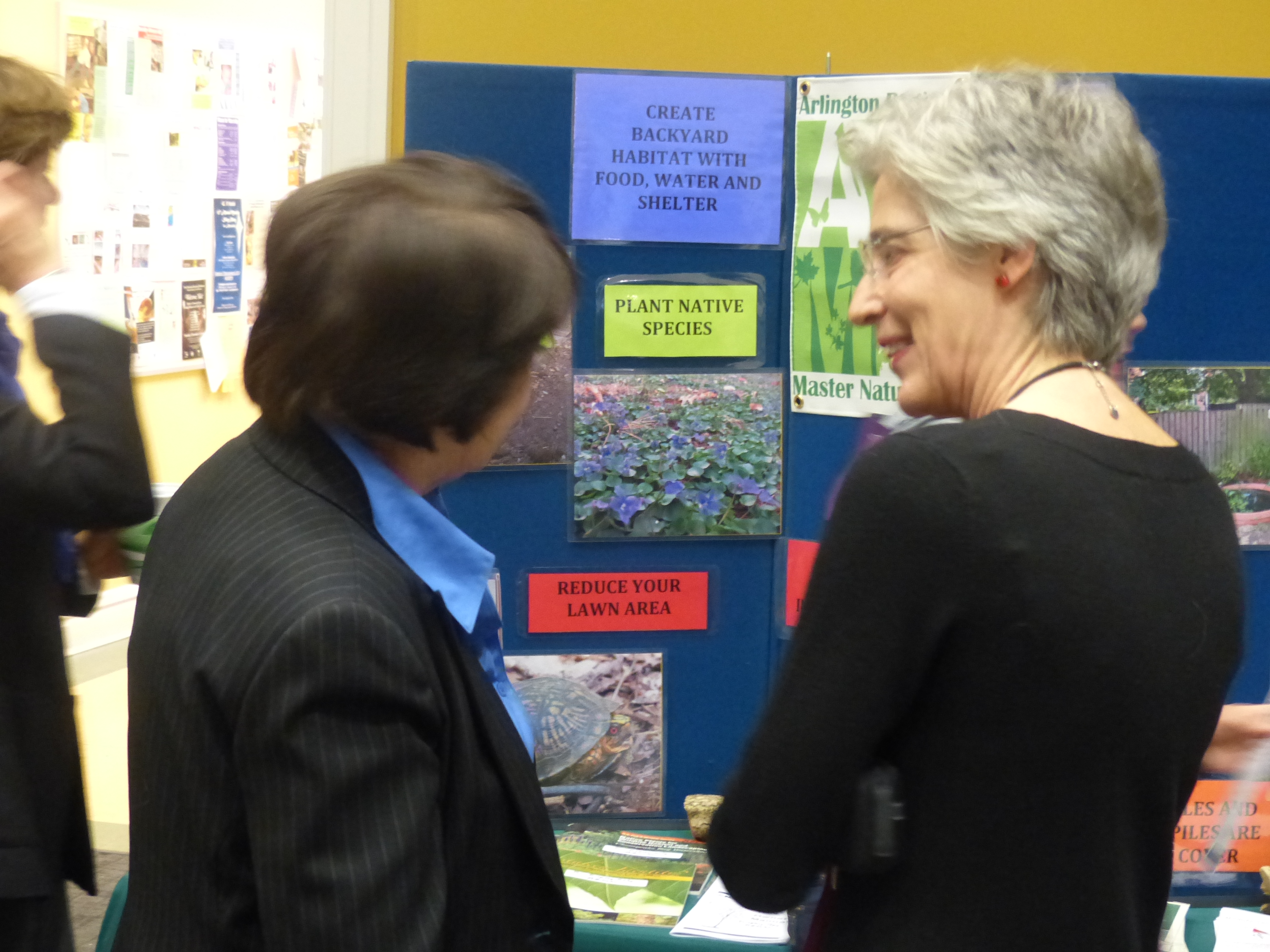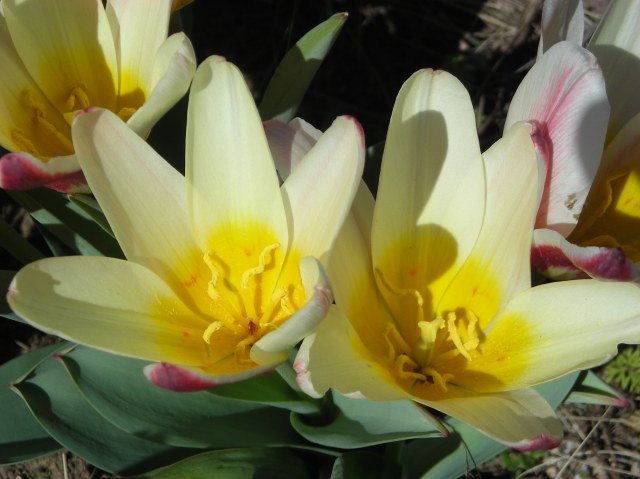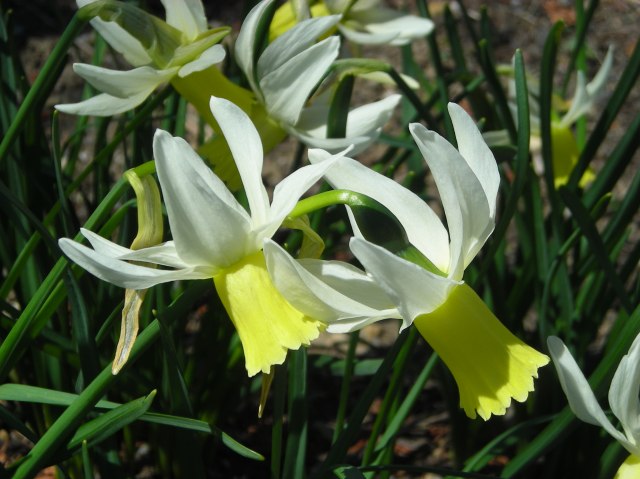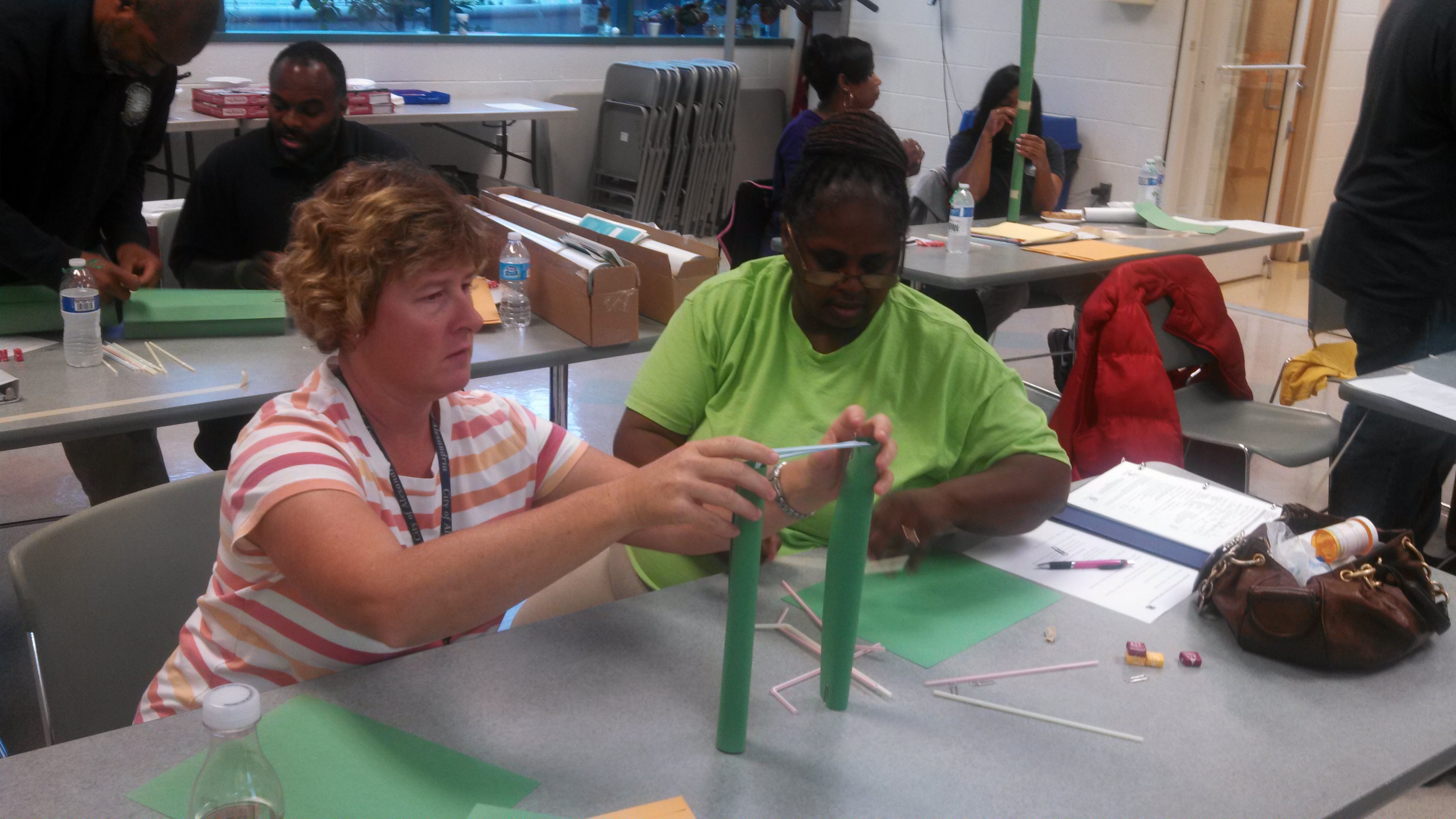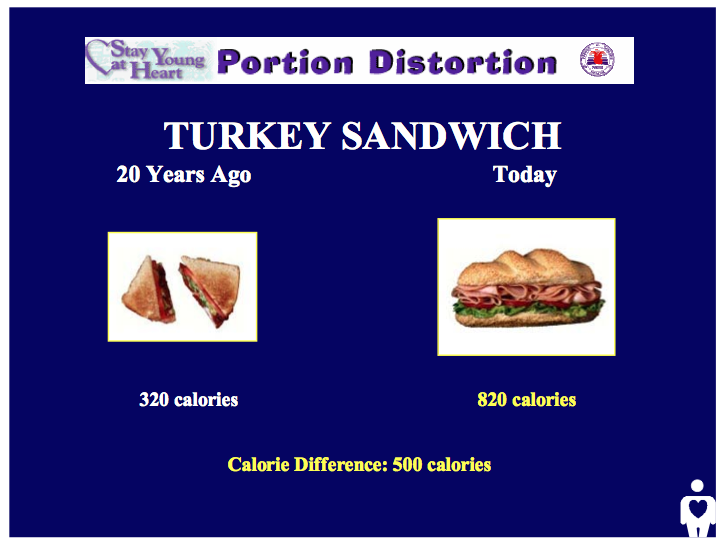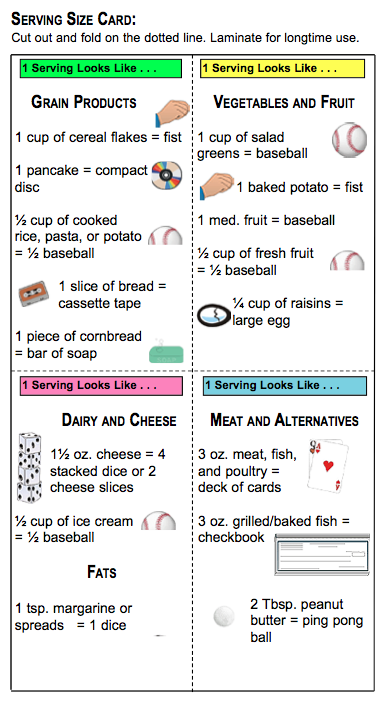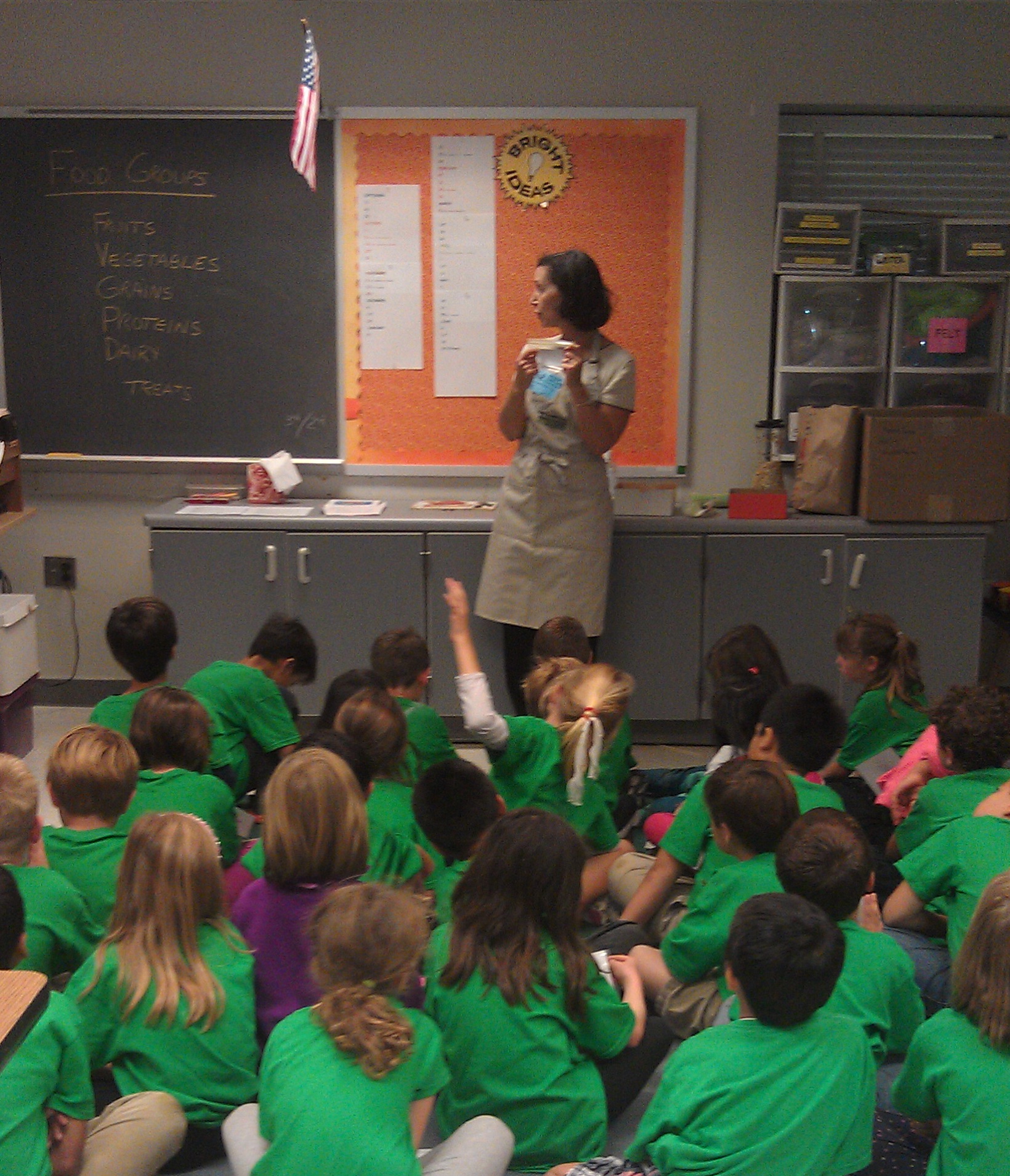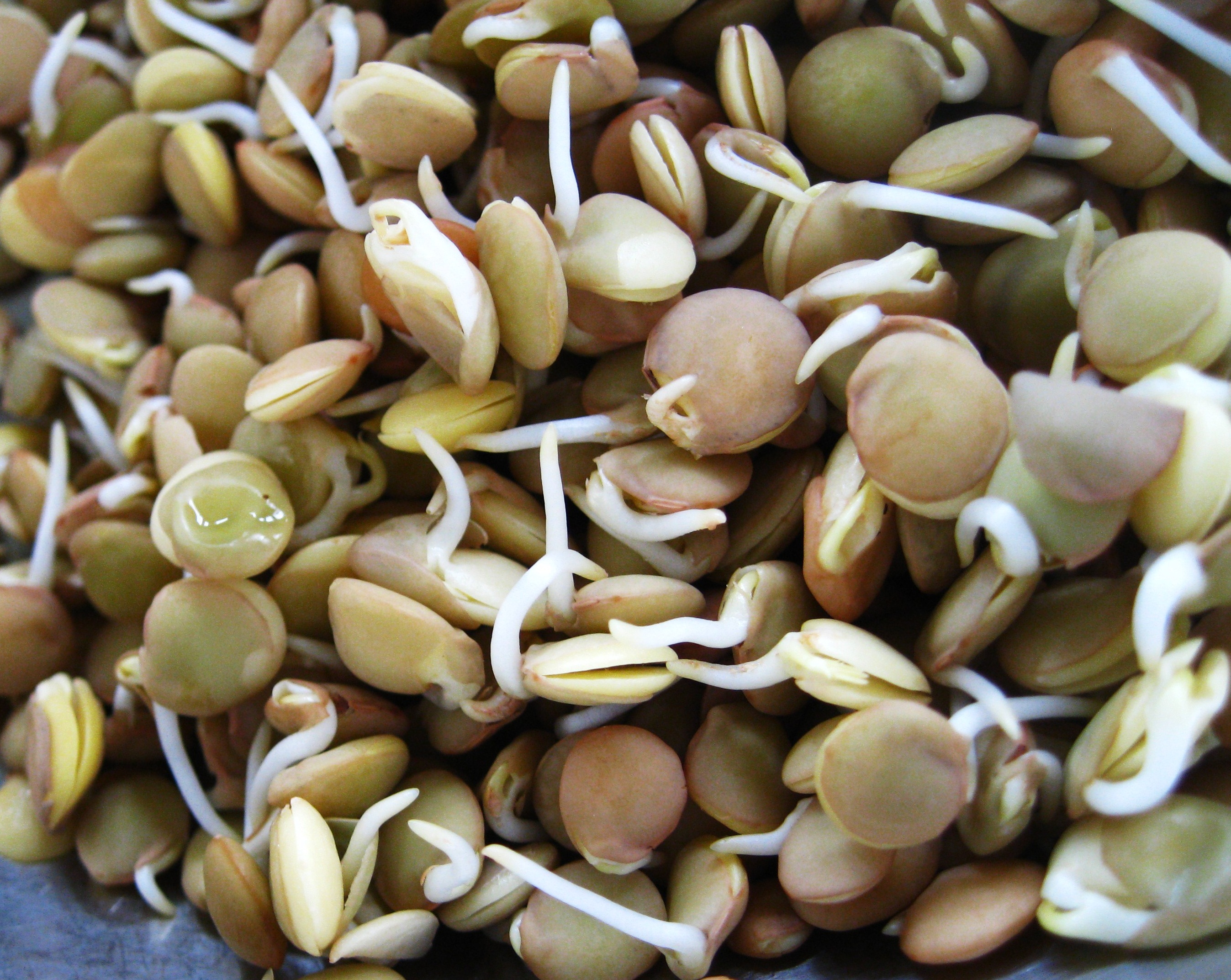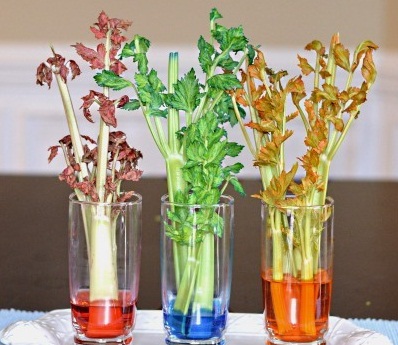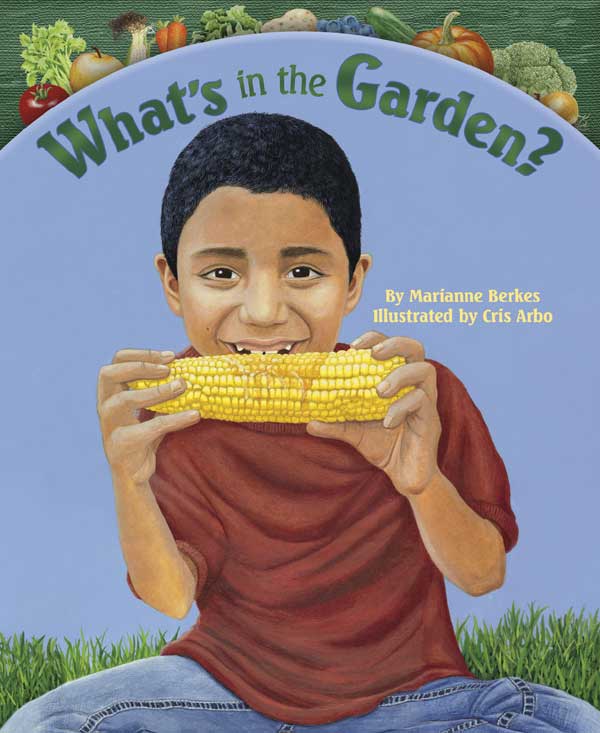The next training starts in March 2014 and applications are being accepted now. Participants receive 24 hours of training over four days:
- Basic nutrition
- Meal planning
- Cooking techniques
- Food safety
- Working with diverse audiences
At the end of the training, participants are equipped with the knowledge and skills to confidently help others improve their lives through balanced eating and healthy living. In return, participants commit to 30 hours of volunteer service within one year of the training.
Opportunities for service include health fair displays, food demonstrations at farmers’ markets, teaching food safety classes, submitting articles to the media on nutrition and wellness, assisting in running Extension nutrition programs for youth and adults, and much more!
The first 2014 training will take place over four Fridays in March: March 7, 14, 21, and 28 from 9:00-3:00 at the Fairlington Community Center. Application deadline: January 15. To learn more and to access an application, please go to:
http://offices.ext.vt.edu/fairfax/programs/fcs/MFV_training_2014_arl_ffx.html

